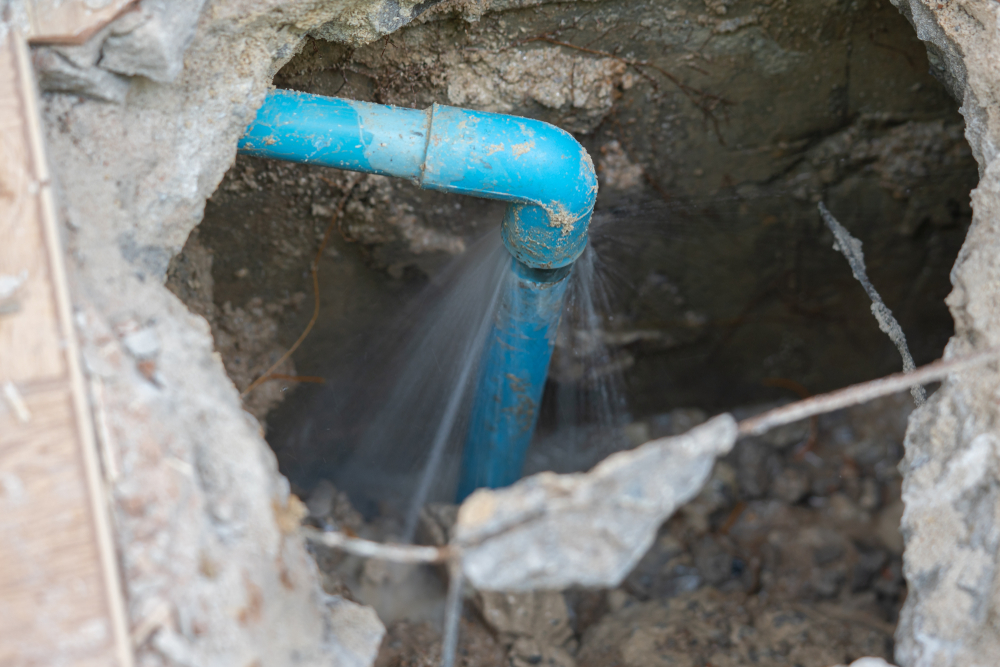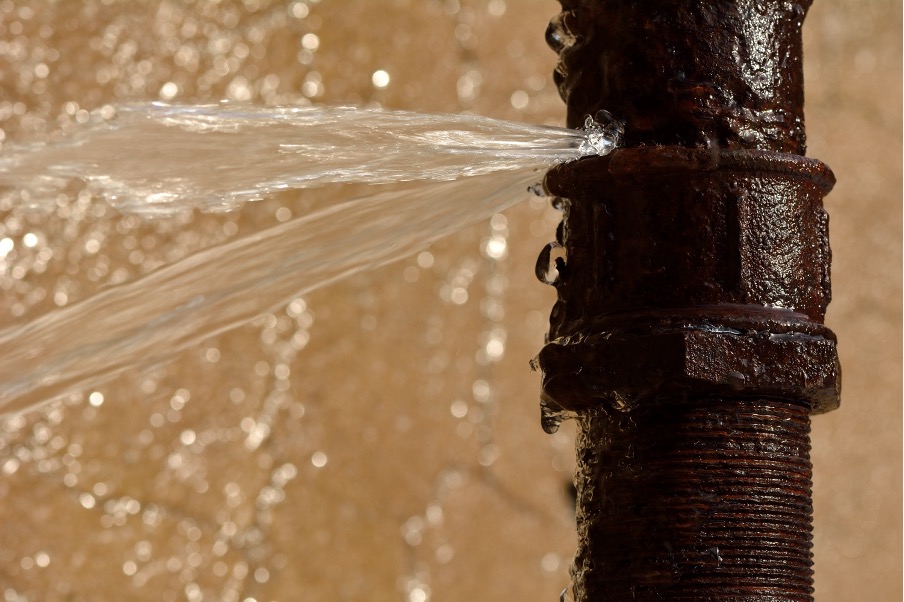Spot Hidden Water Line Leaks: Six Clever Detection Tricks
Spot Hidden Water Line Leaks: Six Clever Detection Tricks
Blog Article
How do you actually feel on the subject of Detecting hidden plumbing leaks?

Early discovery of dripping water lines can mitigate a prospective catastrophe. Some small water leakages might not be noticeable.
1. Take A Look At the Water Meter
Every residence has a water meter. Inspecting it is a surefire way that helps you find leakages. For starters, switch off all the water sources. Make sure nobody will certainly purge, make use of the tap, shower, run the washing equipment or dishwasher. From there, most likely to the meter and also watch if it will alter. Considering that no one is using it, there ought to be no movements. That shows a fast-moving leakage if it relocates. If you discover no modifications, wait an hour or 2 and also inspect back again. This indicates you may have a sluggish leakage that might also be underground.
2. Inspect Water Intake
If you spot abrupt changes, in spite of your intake being the exact same, it implies that you have leakages in your plumbing system. A sudden spike in your costs shows a fast-moving leakage.
On the other hand, a consistent rise every month, despite having the very same practices, shows you have a slow-moving leak that's additionally slowly rising. Call a plumber to thoroughly examine your building, specifically if you feel a cozy area on your flooring with piping underneath.
3. Do a Food Coloring Test
When it involves water usage, 30% originates from toilets. Test to see if they are running appropriately. Decline specks of food color in the container and also wait 10 minutes. If the color somehow infiltrates your dish throughout that time without flushing, there's a leakage between the tank as well as bowl.
4. Asses Exterior Lines
Don't fail to remember to examine your outside water lines also. Needs to water permeate out of the connection, you have a loosened rubber gasket. One little leakage can throw away loads of water and also spike your water bill.
5. Evaluate the circumstance as well as evaluate
Home owners need to make it a behavior to examine under the sink counters as well as even inside closets for any type of bad odor or mold development. These two warnings indicate a leakage so timely attention is needed. Doing routine inspections, even bi-annually, can conserve you from a major trouble.
Inspect for discolorations and also damaging as a lot of pipes as well as appliances have a life expectancy. If you presume dripping water lines in your plumbing system, don't wait for it to intensify.
Early discovery of leaking water lines can alleviate a possible disaster. Some small water leakages may not be visible. Checking it is a guaranteed means that aids you discover leaks. One small leakage can waste bunches of water and surge your water expense.
If you presume dripping water lines in your plumbing system, don't wait for it to intensify.
WARNING SIGNS OF WATER LEAKAGE BEHIND THE WALL
PERSISTENT MUSTY ODORS
As water slowly drips from a leaky pipe inside the wall, flooring and sheetrock stay damp and develop an odor similar to wet cardboard. It generates a musty smell that can help you find hidden leaks.
MOLD IN UNUSUAL AREAS
Mold usually grows in wet areas like kitchens, baths and laundry rooms. If you spot the stuff on walls or baseboards in other rooms of the house, it’s a good indicator of undetected water leaks.
STAINS THAT GROW
When mold thrives around a leaky pipe, it sometimes takes hold on the inside surface of the affected wall. A growing stain on otherwise clean sheetrock is often your sign of a hidden plumbing problem.
PEELING OR BUBBLING WALLPAPER / PAINT
This clue is easy to miss in rooms that don’t get much use. When you see wallpaper separating along seams or paint bubbling or flaking off the wall, blame sheetrock that stays wet because of an undetected leak.
BUCKLED CEILINGS AND STAINED FLOORS
If ceilings or floors in bathrooms, kitchens or laundry areas develop structural problems, don’t rule out constant damp inside the walls. Wet sheetrock can affect adjacent framing, flooring and ceilings.
https://www.servicemasterbyzaba.com/blog/how-to-detect-water-leakage-in-walls/

Do you like reading about Detecting hidden plumbing leaks? Create a remark down the page. We would be pleased to find out your feelings about this posting. Hoping to see you back again in the future. Enjoyed our blog entry? Please share it. Let other people check it out. Thanks a bunch for your time. Visit us again soon.
Immediate attention? Phone us! Report this page